The Setting Every Community Up for Retirement Enhancement Act, also known as the SECURE Act, passed in 2019. This bill initially aimed to increase access to tax-advantaged accounts and to prevent older Americans from outliving their assets. Any estate plans that were created prior to January 1, 2020, should be reviewed to see if the SECURE Act affected it and if changes are necessary. *This article is a big picture summary and should not replace discussing with a qualified estate planning attorney for your individual situation.
The SECURE Act changed rules related to tax-advantaged retirement accounts. Here are the changes:
-
Makes it easier for small business owners to set up 401(k)s by increasing the cap under which they can automatically enroll workers in “safe harbor” retirement plants from 10% of wages to 15%.
-
Provides a maximum tax credit of $500 per year to employers who create a 401(k) or SIMPLE IRA plan with automatic enrollment
-
Enables businesses to sign up part-time employees who work either 1,000 hours throughout the year or have three consecutive years with 500 hours of service
-
Encourages plan sponsors to include annuities as an option in workplace plans by reducing their liability if the insurer cannot meet its financial obligations
-
Pushes back the age at which retirement plan participants need to take required minimum distributions from 70.5 to 72
-
Allows the use of tax-advantaged 529 accounts for qualified student loan repayments
-
Permits penalty-free withdrawals of $5,000 from 401(k) accounts to defray the costs of having or adopting a child
-
Encourages employers to include more annuities in 401(k) plans by removing their fear of legal liability if the annuity provider fails to provide, and also not requiring them to choose the lowest-cost plan
-
Removal of a provision known as the stretch out provisions for retirement accounts
The last bullet point above is what has caused the most issues for estate planning. Before the SECURE Act, beneficiaries of retirement accounts, upon inheriting them, could take distributions throughout the course of their lifetimes.
The usual issue is as follows: A retirement account owner may leave retirement assets to a trust rather than outright to a beneficiary. The account owner may be worried that the beneficiary, upon inheriting the retirement account, will exhaust the assets immediately or not set aside funds to cover the taxes that might be due. Because of this, many people find the idea of leaving retirement account assets to a trust, rather than to individual beneficiaries, appealing because they can include language in the trust directing when and how the assets can be distributed to the beneficiaries of the trust. The trust can also provide other benefits, such as asset protection from creditors and centralized asset management.
Well… now after the SECURE Act, most beneficiaries must withdraw the balance within a 10-year period, which accelerates the income tax due.There are some exceptions of course. Under the SECURE Act, if you are considered an eligible designated beneficiary (EDB), the 10-year payout does not apply, and the EDB can stretch payments out over the EDB’s lifetime, with some further exceptions.
Eligible designated beneficiaries include:
-
Surviving spouses
-
Minor children of the original retirement account owner (until the age of majority)
-
Disabled or chronically ill individuals
-
Beneficiaries who are no more than 10 years younger than the original retirement account owner.
Some EDBs may qualify for life expectancy stretch payouts provided the trust qualifies as a see-through trust. Otherwise, the distribution time frame would be accelerated to 5 years. Retirement account assets must be distributed within 10 years if the trust is structured as what we call a conduit trust, and the current beneficiaries are the surviving spouse and non-EDB children, or if the trust is structured as an accumulation trust. But if the trustee retains assets in the trust, this may result in adverse tax implications.
The stretch provision can also be used if the assets are held under what we call a conduit trust for the surviving spouse’s benefit, provided that the spouse is the only named beneficiary.
Distributions can be stretched out over the spouse’s lifetime, with RMDs beginning at the later of:
-
the year after the year of the owner’s death
-
when the owner would have been 72.
Upon the surviving spouse’s death, the remainder beneficiaries are subject to a 10-year payout period. If one or more of the remainder beneficiaries are minor children of the original owner, the 10-year payout will begin once the oldest minor reaches the age of majority. If separate shares can be created, 10-year payout periods begin as each minor reaches the age of majority.
In conclusion, the SECURE Act changed the rules that govern the application of how qualified assets must be distributed to trust beneficiaries. With any new law, it is important to review your estate plan with your tax advisor and estate planning attorney to help ensure that its outcome is aligned with your intentions. If you have any questions about the SECURE Act and your estate plan, please contact the experienced attorneys at The Hoggatt Law firm.
